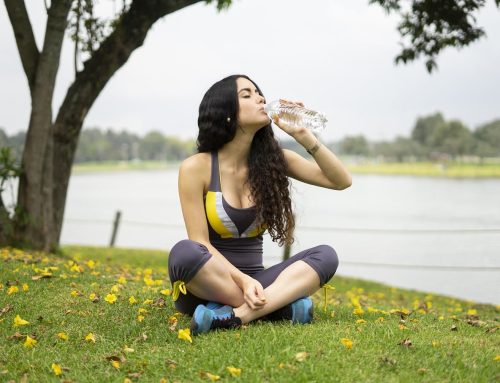Ever wondered whether the tap water in your home is safe to consume? Or, perhaps even contain something else in it? Like, maybe a living microscopic creature?
That’s crazy, right? Besides, when tap water gets cleared by the government and sent to our homes, it’s supposed to be 100% clean, unless they suggest otherwise, right?
Well, to many people’s shock, and a topic that might seem grueling to the faint of heart, there are millions of creatures that swim and even multiply by the second in your tap water daily. While research may suggest that most of these are completely harmless, you can’t help but dread the idea that you’re going to be swallowing about a few thousand sets of eyes today.
3 Microorganisms that are found in drinking water and are most dangerous
- Salmonella enterica – Even though developing countries are most at risk of bacterial infections, such as Salmonella enterica, there have been many cases of salmonella poisoning in developed countries as well, such as Canada. Salmonella enterica is thus a bacterial infection that occurs in water that has not been purified and may cause symptoms such as fever and vomiting.
- Legionella pneumophila – As a developing bacterial infection, that has caused 34 casualties and hundreds of infections, Legionella pneumophila is considered a very dangerous occurrence. This bacterial infection is a disease now known as Legionnaires which also causes 18,000 people to be hospitalized annually, which is caused by contaminated water.
- Naegleria Fowleri – This organism is an amoeba and it’s known for eating brains.
Yes, you heard correctly. Compared to the other microorganisms on this list, it may come as a shock to you, but it is considered one of the most dangerous and has been found to be consumed the most orally amongst people. The organism found in water can attack one’s nervous system, entering the body via the nasal cavities while you drink or encounter water and kills 98% of its victims. These organisms are also found in bathtubs, shower heads, as well as sink faucets. It is mostly, however, obtained by swimming in rivers and lakes.






